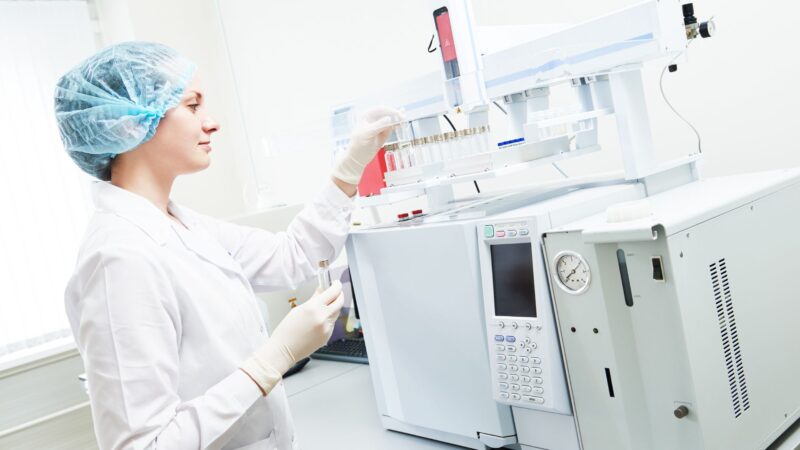Automating Downstream Purification for Scalable, Data-Driven Biopharma Operations
As biopharma manufacturers adopt continuous and intensified processing platforms, downstream bottlenecks have become a focal point of innovation. Chromatography skids, long relied upon for purification in batch mode, are now being reengineered to support continuous operations—with modular design, automation, and real-time control.
In continuous manufacturing, chromatography skids play a crucial role in maintaining steady-state purification, enabling real-time monitoring of breakthrough curves, managing column regeneration cycles, and ensuring consistent product quality across extended runs.
Key Design Features of Continuous Chromatography Skids
- Multi-column configurations (e.g., SMB, PCC) to maintain separation efficiency over long cycles
- Inline UV, conductivity, and pH monitoring for precision control
- Automated valve matrices and pump control for flow switching
- Integrated buffer blending and inline dilution modules
Advantages Over Batch Chromatography Systems
- Improved resin utilization and productivity
- Smaller column volumes for equivalent or better performance
- Continuous elution and pooling strategies reduce hold-up volume
- Seamless integration with upstream perfusion processes
Compliance and Automation Considerations
- SCADA integration with audit trail capture and remote access capability
- CIP/SIP-ready components with automated cycle sequencing
- 21 CFR Part 11-compliant control platforms with recipe management
- Inline filter integrity testing and pressure monitoring
Operational Challenges and Mitigation Strategies
- Managing pressure drops during extended operation
- Column lifetime tracking and predictive maintenance
- Calibration and verification of inline sensors
- Pooling strategy for batch definition under regulatory scrutiny
Use Cases in Biopharma
- Monoclonal antibody purification from CHO cultures
- Vaccine downstream processing
- Continuous viral vector and protein purification
Strategic Value and Future Outlook Chromatography skids in continuous processing offer significant benefits:
- Increased throughput without scaling up footprint
- Lower buffer consumption and energy costs
- Real-time quality assurance through PAT
- Flexibility in multi-product manufacturing
As regulatory agencies support continuous biomanufacturing through QbD and PAT frameworks, chromatography skids will remain a cornerstone of data-driven downstream operations—paving the way for faster, safer, and more cost-effective biologics production.






